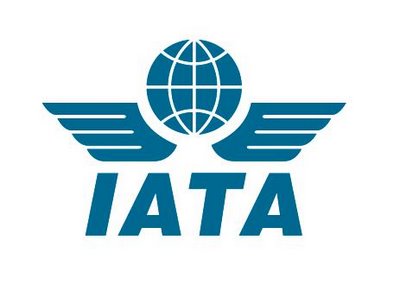IATA Releases 2019 Airline Safety Report

|
Montreal: The International Air Transport Association (IATA) announced the release of the 2019 Safety Report showing continuing improvements in airline safety compared to 2018 and to the preceding five years. |
|||||||||||||||||||||||||||||||
|
|||||||||||||||||||||||||||||||
|
“The safety and wellbeing of our passengers and crew is aviation’s highest priority. The release of the 2019 Safety Report is a reminder that even as aviation faces its deepest crisis, we are committed to making aviation even safer. Based on the 2019 fatality risk, on average, a passenger could take a flight every day for 535 years before experiencing an accident with one fatality on board. But we know that one accident is one too many. Every fatality is a tragedy and it is vital that we learn the correct lessons to make aviation even safer,” said Alexandre de Juniac, IATA’s Director General and CEO. |
|||||||||||||||||||||||||||||||
|
|||||||||||||||||||||||||||||||
|
Turboprop hull loss rates by region of operator (per million departures) |
|||||||||||||||||||||||||||||||
|
IOSA
In 2019, the all accident rate for airlines on the IOSA registry was nearly two times better than that of non-IOSA airlines (0.92 vs. 1.63) and it was more than two-and-a-half times better over the 2014-18 period (1.03 vs. 2.71). All IATA member airlines are required to maintain their IOSA registration. There are currently 439 airlines on the IOSA Registry of which 139 are non-IATA Members.
Fatality Risk
Fatality risk measures the exposure of a passenger or crew to a catastrophic accident with no survivors. The calculation of fatality risk does not consider aircraft size or how many were on board. What is measured is the percentage of fatalities among those on-board. This is expressed as fatality risk per millions of flights. The 2019 fatality risk of 0.09 means that on average, a person would have to travel by air every day for 535 years before experiencing an accident with at least one fatality. On average, a person would have to travel every day for 29,586 years to experience a 100% fatal accident.
Download the 2019 Safety Report

.jpg)

.png)





Comments
There are no comments yet for this item
Join the discussion